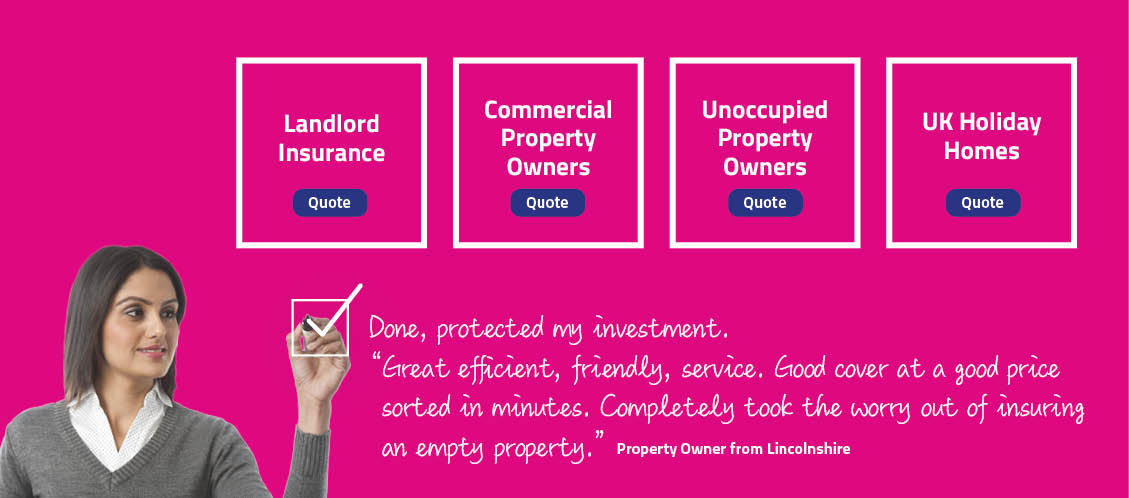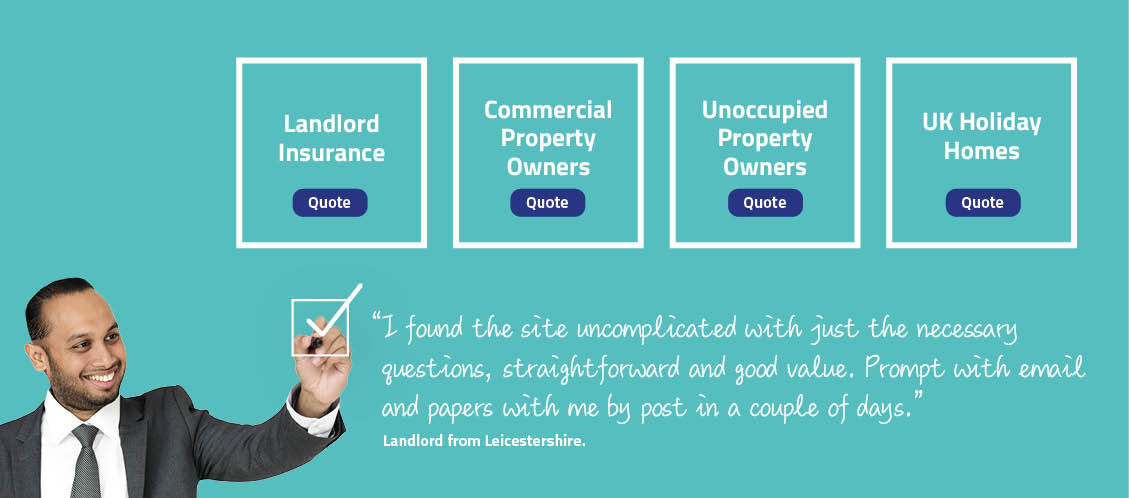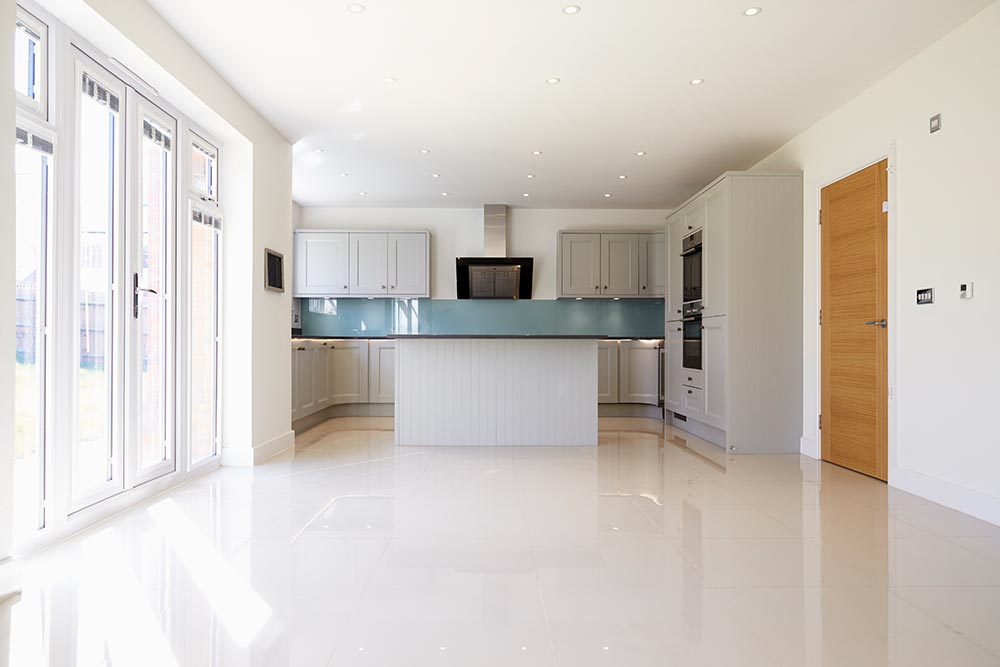Maintenance and security – those are the twin concerns about any property that is left empty and unoccupied for any significant length of time.
Appearances may also have a notable impact on those issues of maintenance and security. And if your property is empty because you have been unable to find tenants willing to occupy it, then appearances may also be the root cause.
So, let’s take a closer look at those three issues – maintenance, security, and appearances – to see how they might be impacting your property.
Maintenance
Adequate and appropriate maintenance is essential to keeping your property in a good state of repair. That is how you help to look after its value and prevent repair and maintenance issues from causing damage to the structure and fabric of the building.
In any property insurance contract, therefore, the insurer is entitled to insist that you maintain your property in a good state of repair – whether it is occupied and in use, or whether it is temporarily empty and unoccupied.
Landlords and your unoccupied property
Like it or not, there may be times when your property is going to sit unoccupied.
If you are a landlord of buy to let property, you may encounter a delay in finding new tenants or perhaps another circumstance might involve you needing to close your property to letting in order to undertake conversions, refurbishment or simply to do some redecoration.
In all these circumstances, your property may be at additional risk while it is unoccupied due to a couple of inescapable facts:
- day to day problems such as leaking pipes might go unnoticed and uncorrected; and
- unoccupied properties are typically more tempting to people such as burglars, vandals, and squatters.
For those reasons, your insurer is likely to restrict your level of cover, or even regard it as having lapsed altogether, once the property has been unoccupied for longer than a period of between 30 and 45 consecutive days (the exact interval varying from one insurer to another).
Unoccupied property insurance and your obligations
Your first course of action, therefore, is to get a quote for standalone unoccupied property insurance to maintain the protection your empty property continues to need. Even so, it remains your responsibility to maintain the property in a good state of repair and keep it secure even with that unoccupied property insurance in place.
In the spring, summer for instance, it might be advisable to switch off the water at the mains. You might want to do the same for most of your electrical circuitry other than perhaps your lighting circuit if you have some timer lights on it for security reasons.
In winter, it might be advisable to try and leave the central heating on a low and level, just to avoid the build-up of damp in unoccupied property.
Refer to your property insurance contract as to what actions you should take at certain times of the year. For example, your insurance contract may stipulate that a constant temperature needs to be maintained within the property during colder months.
Visit the property regularly – or arrange for someone to do so on your behalf
Make sure that you visit your property regularly – this will typically be a condition o your empty property insurance. Look around for obvious signs of deterioration or problems and fix them before they become serious.
Odours can become a serious issue in unoccupied property and might make it more difficult for you to let it again in due course.
It might be sensible therefore to invest in some deodorizers and possibly also dehumidifiers.
Finally, pests can quickly move into any unoccupied property, so you may wish to consider taking whatever steps you think to be necessary to minimize such risks. Remember that once established, it can be exceedingly difficult to remove pest infestations.
Security
Burglars, vandals, and squatters love unoccupied property. They usually prefer properties that offer a reduced chance of being disturbed – which is why they typically find unoccupied properties so attractive. They may look for signs of occupation before deciding whether or not to try and enter and anything that indicates change might discourage them.
Appearances are all-important as far as your empty property goes. Take all reasonable precautions to ensure you are not obviously advertising the place as unoccupied. You can help to achieve this through some fairly common-sense measures:
- don’t let your builders hang advertising boards or notices outside your property if the reason for your property being unoccupied is because they’re working inside it;
- don’t let accumulating post build up to become visible from outside;
- avoid the accumulation of rubbish outside;
- pay attention to gardens that move from being well-kept to looking untidy and unloved;
- open curtains and no lights on at night is something that might be an invitation to burglars – so avoid it through the use of timer switches;
- periodically change the appearance of your property from the outside (e.g. opening or closing the curtains);
- try to avoid talking widely about the fact that your property is sitting unoccupied – and don’t advertise the fact on social media; and
- if possible, arrange with a neighbour to keep an eye on your property.
5 ways to improve the appearance of your empty property
We have mentioned the importance of appearances as far as security goes, but what if your property remains unlet because its appearance is putting off tenants? Here are five tips and suggestions:
- Initial external appearance
- a significant number of tenants might do a drive-by inspection of your property from the outside before they even decide to ask for a viewing;
- if the outside looks tatty, ill-kept and run-down, then there is a fair chance that tenants will keep on driving and never bother to come back;
- so, invest some time and a little money in tidying up the garden, using a little paint to brighten up woodwork and perhaps investing in some modern-looking and clean curtains;
- Entrance halls
- once you persuade a tenant to actually visit your property, this is typically the first internal area they will see;
- make sure that it is bright, fresh-looking and with some form of decent floor covering down – what you do not want tenants to see after opening your front door for the first time is tatty carpeting, broken lino or wallpaper peeling off;
- Light fittings
- make sure that your property is well-lit and all lights fully working – there is no excuse for bare light bulbs hanging from ceilings, broken lampshades or even worse, rooms without a bulb and which cannot be illuminated;
- equally, dirty, old, and tatty lampshades should be quickly consigned to the bin and replaced by modern equivalents;
- Furniture – including beds
- broken, stained and past-it’s-sell-by-date furniture (particularly a bed) is a real turn-off for potential tenants;
- true, even modern flat-pack furniture tends to be expensive, but you may be able to replace unacceptably poor-quality items in your property by visiting local antique and second-hand property auctions;
- it is perfectly possible at such venues to pick up excellent pre-used furniture at a fraction of what you would pay for it new;
- Plants and flowers
- little is more effective in generating a sense of homely attraction than indoor plants and flowers;
- these can be picked up in markets or garden centres for relatively small amounts of money and they may make all the difference to a viewing’s outcome.
If your property has been sitting unoccupied for some time due to letting difficulties, don’t forget the importance of an unoccupied property insurance quote – but remember that you continue to bear responsibility for keeping the place in a good state of repair and for maintaining all due security precautions.
Further reading: Guide to unoccupied property.








